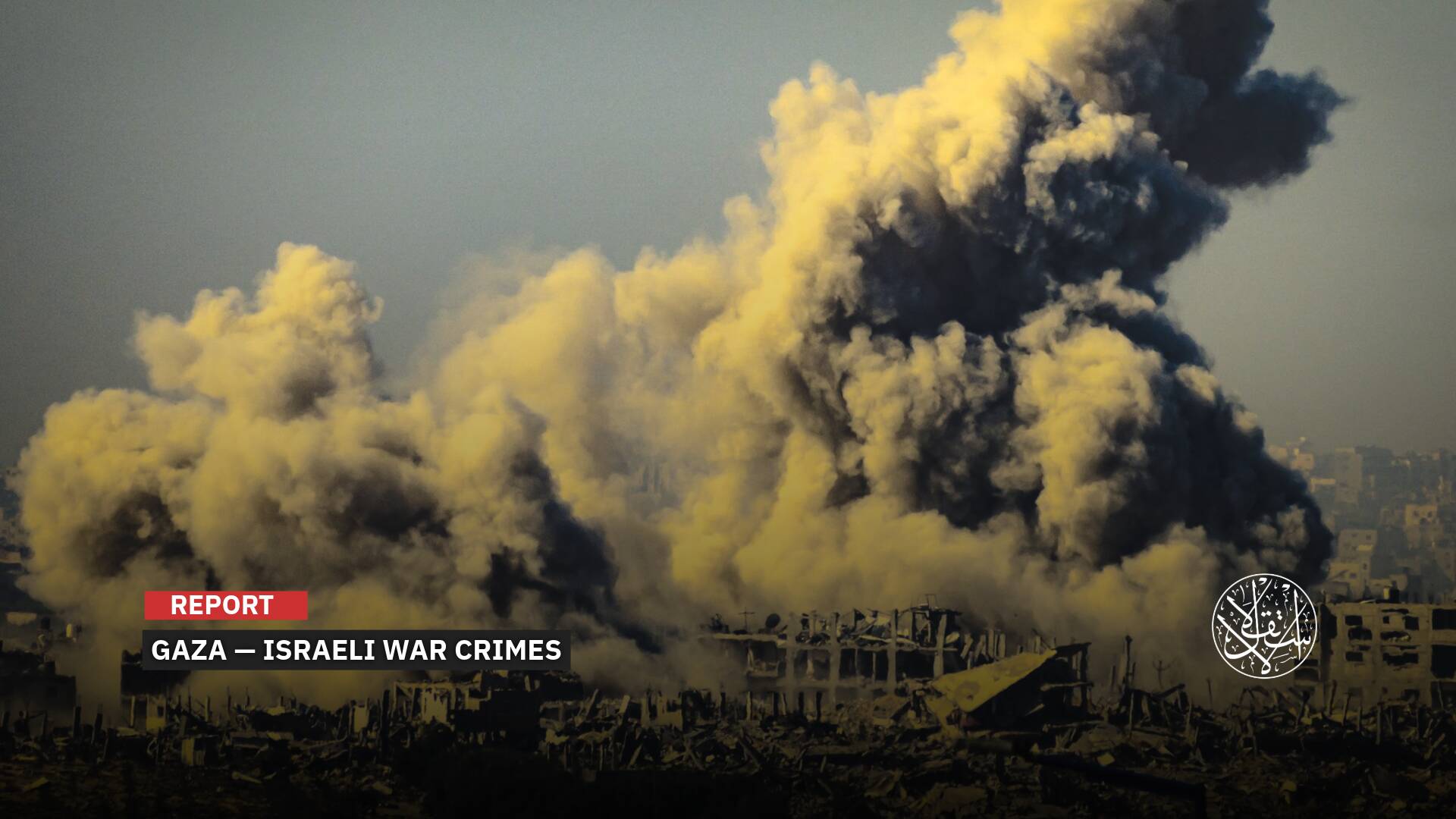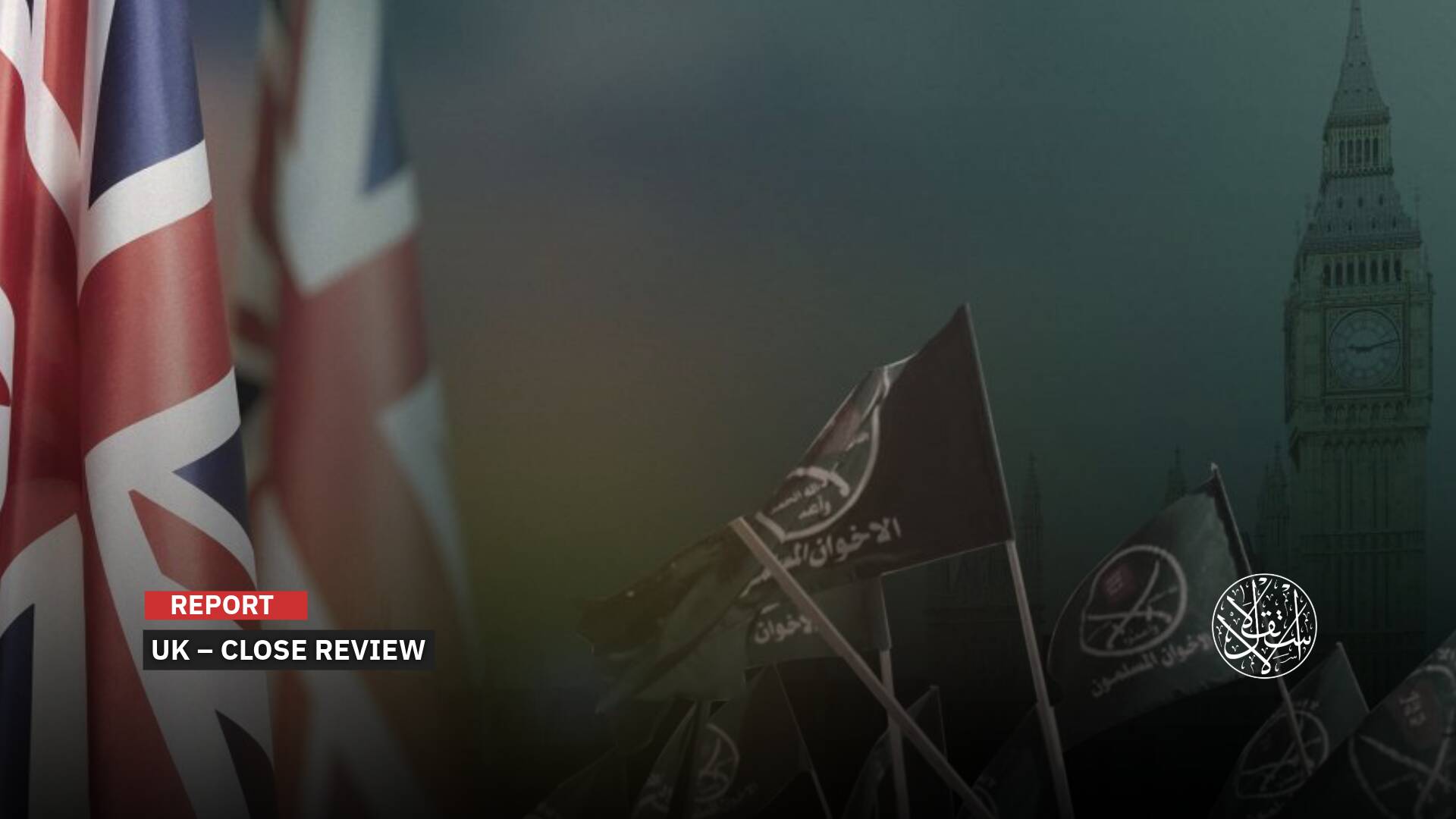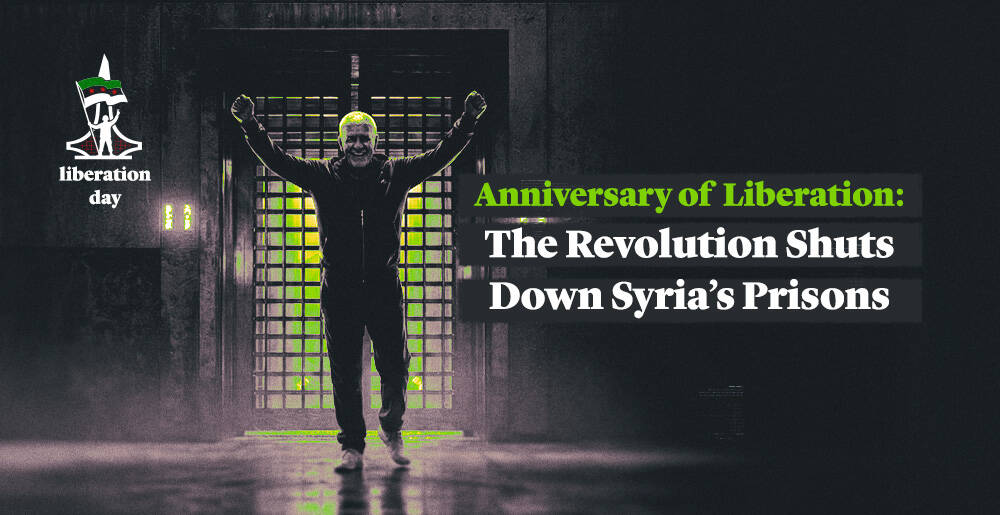Despite Zionist Support for India, Pakistan Resisted Hindu Nationalist Aggression

There is an affinity between Zionism and Hindutva as both harbor hatred towards Muslims.
Despite India's attempt to justify its aggression against Pakistan by claiming to target terrorists from occupied Kashmir, the first strike it launched against Pakistan hit a religious institute and two mosques, resulting in the deaths of 31 Pakistani civilians and leaving 46 others injured.
India's objectives in the conflict appeared to be purely religious in nature, echoing the rhetoric used by "Israel" as an occupation power.
Both countries, in their respective territorial disputes, have framed their actions as a fight against Islamic terrorism rather than acknowledging the resistance of those living under occupation.
New Delhi’s framing of its objectives as "religious" in nature, coupled with the public trampling of Saudi Arabian flags—displaying the shahada—along with flags of other Muslim-majority nations like Bangladesh and even Palestine, was another stark indication of the religious dimension of the war.
International media reports have highlighted this religious approach to the conflict, attributing it to the rise of hardline Hindu extremists within the ruling Bharatiya Janata Party (BJP), led by Prime Minister Narendra Modi.
There is growing concern that this could morph into a "nuclear religious war." Modi, who was the architect of the 2002 Gujarat massacre that saw the killing of hundreds of Muslims, has long been associated with inflammatory rhetoric.
He also played a key role in the demolition of the Babri Mosque in 1992, which was followed by the construction of a Hindu temple on its ruins—an event he personally inaugurated in 2024.
Since Narendra Modi came to power in 2014, attacks on Muslims by Hindu nationalist groups have become increasingly common in India, with little to no condemnation from his government.
Under the banner of a "pure Hindu nation," a vision that explicitly excludes Muslims, Modi’s administration has largely turned a blind eye to the rising tide of religious violence.
Symbols of a Hindu War
In a move reminiscent of Israeli tactics, Modi's government has framed its objectives in religious terms to justify its aggression.
The Indian military launched missiles and airstrikes on Pakistan's Punjab region and several sites in Pakistan-administered Kashmir, claiming to target infrastructure used by "Islamic terrorists" and alleging the "destruction of nine terrorist camps." This was reported by The Hindu on May 8, 2025.
Reuters, citing two security sources in Pakistan, reported that a religious institute in the Pakistani city of Bahawalpur was struck in the Indian assault.
A Pakistani official told the Associated Press that 13 people were killed in the bombing of the Bahawalpur mosque.
The deadly attack in the town of Pahalgam, located in the Indian-controlled region of Jammu and Kashmir—a disputed area with a Muslim-majority population—has further escalated tensions between New Delhi and Islamabad.
A group calling itself The Resistance Front (TRF) initially claimed responsibility for the attack that sparked the war but later retracted its statement.
However, Indian sources suggest that while this group is relatively new, it is seen as an offshoot of the well-known militant organization, Lashkar-e-Taiba, which has been based in Pakistan for many years.
According to Asia Times, “Pakistan has denied any involvement in the tourist attack. However, there has been good evidence in the past suggesting that even if the Pakistani government hasn’t officially sanctioned these groups operating on its territory, there are parts of the Pakistani establishment or military that do support them. This could be ideologically, financially, or through other types of assistance.”
In a move reminiscent of Israeli practices in naming military operations after biblical terms, the Indian army has dubbed its military offensive against Pakistan "Sindoor."
The choice of the name "Sindoor" carries profound cultural and religious connotations, extending beyond its military significance to a deeper ideological symbolism.
"Sindoor" refers to the red powder that Hindu women apply to their hair parting, symbolizing religious affiliation, marriage, or mourning in Hindu culture.
In this context, it is meant to signify revenge for those killed in the attack on Hindus in Kashmir.
The New York Times has commented on “The Symbolism Behind India's ‘Operation Sindoor’” noting that the Indian army’s deliberate choice to name the attack "Operation Sindoor," accompanied by an image of a jar filled with spilled red powder, is a clear reference to bloodstains.
The report suggests that the Indian government's selection of this name served two purposes: first, to appease right-wing Hindu groups, and second, to signal that Prime Minister Modi had heeded their demands for retribution.
The second purpose, the New York Times notes, is to signal that the attack marks New Delhi’s intent for religious retribution on behalf of the widows whose husbands were killed in the Kashmir assault.
Meanwhile, India Today pointed out that the symbolism also ties to the proud display of the "Tilak Sindoor" worn by Hindu warriors—another red powder applied to the foreheads of men, symbolizing blessings and religious identity.

The Shock of the Losses
Although the first strike in the war was Indian, involving airstrikes and artillery, it resulted in a humiliating defeat for India, as Pakistan shot down five aircraft—three Rafales, one Sukhoi-30, and a fifth, an Indian-made Jaguar.
Pakistani Prime Minister Shehbaz Sharif stated that "Pakistan Air Force (PAF) could have drowned at least 10 Indian aircraft, but exercised restraint."
Additionally, Pakistan's Defence Minister, Khawaja Muhammad Asif, revealed to Bloomberg on May 7 that Indian soldiers had been captured.
An Indian security source admitted to Agence France-Presse that three fighter jets had crashed on Indian soil, with the wreckage of two found in Indian-administered Kashmir and the third in Punjab.
Military reports revealed that the Indian aircraft, unwilling to enter Pakistani airspace, carried out their strikes from the sky.
However, Pakistani air defenses, along with Islamabad's Chinese-made J-10C fighters, brought them down within Indian territory, one as far as 75 kilometers from the border, deep inside India.
The mystery surrounding Pakistan’s downing of five Indian fighter jets while they were inside Indian airspace has raised questions.
How could enemy aircraft be targeted deep within hostile territory, from such a long distance, without even being visible to the naked eye?
Pakistan, however, revealed the role of the advanced Chinese PL-15 missile, the Pakistani air defense system, and the Chinese-made aircraft in bringing down such a significant number of planes.
Experts have stated that most of the Indian fighter jets were brought down by Chinese-made PL-15 air-to-air missiles, which have a range of 200 kilometers—an alarming distance in aerial combat.
It appears these missiles struck the Indian aircraft while still within Indian airspace, highlighting the advancements in Chinese defense capabilities and technology, particularly in countering Western technology, such as the French-made Rafale jets.
When the initial attack by fighter jets failed, India resorted to using drones, deploying Israeli-made "Harop" UAVs.
According to Haaretz, "Pakistan shot down 25 Israeli-made drones from India."
This led Pakistani analysts to assert that, with Chinese support, Pakistan had humiliated India by shooting down five aircraft in just 12 hours (India admitted to losing only three), an outcome unprecedented in the history of clashes between the two nations.

Religious Nuclear War
Analysts suggest that one of the key factors behind Pakistan's resilience and strength this time, which thwarted India's war objectives, is its nuclear arsenal.
As Modern Diplomacy noted in an analysis published on May 7, 2025, "Pakistan’s nuclear arsenal remains its ultimate safeguard against Indian conventional superiority."
"Unlike India’s declared “No First Use” doctrine, Islamabad has deliberately maintained strategic ambiguity, reserving the right to deploy nuclear weapons if its sovereignty or survival is jeopardized."
"This stance, reiterated by Defence Minister Khawaja Asif after the Pahalgam attack, imposes an existential calculus on New Delhi."
"The catastrophic risks of escalation render India’s conventional advantages moot, effectively neutralizing its ability to pursue large-scale military objectives," Modern Diplomacy reported.
A previous report by Al-Estiklal highlighted this, referencing a study published in Science Advances which warns that a nuclear war between the two countries would result in catastrophic loss of life, potentially claiming between 50 and 125 million lives within a week—more than the total death toll of World War II.
Meanwhile, India's use of water diplomacy, specifically its threat to cut off the vital Indus River from Pakistan to induce economic disruption, has backfired, tarnishing New Delhi's international reputation. This tactic has now become a "weakness" that Pakistan is preparing to exploit.
The far broader scope of India’s attack has drawn international criticism. When a suicide bombing in 2019 killed more than 40 Indian soldiers in Kashmir, India retaliated by targeting a single distant Pakistani site.
According to Asia Times, "In past crises, Western countries were quick to condemn and criticize military actions committed by either side. But these days, most take the view that the long-simmering conflict is a bilateral issue, which India and Pakistan need to settle themselves.
The main concern for both sides, then, is the political cost they would suffer from not taking military action."
According to The Guardian, “All-out war is unlikely but shifting of goalposts amid Gaza and Ukraine conflicts suggests Kashmir crisis could escalate.”

Israeli Support
Following India’s initial attack on Pakistan, Israeli Ambassador to New Delhi, Reuven Azar, posted on X, "We support India’s right to defend itself," underscoring the growing religious and ideological alignment between Hinduism and Judaism in the context of war.
After its defeat on the first day, when Pakistan downed five of its fighter jets, India resorted to using Israeli-made drones to target Pakistani cities.
On May 8, the Pakistani military announced that India had launched Israeli-made Harop drones at multiple sites across Pakistan, including the cities of Karachi and Lahore, causing significant material damage. Pakistan confirmed the downing of 25 of these drones.
According to The Diplomat, "India now buys about $2 billion worth of arms every year, making up over 30 percent of Israel’s total exports of armaments."
Around a week after the onset of "Israel’s" war on Gaza, India Today confirmed on October 16, 2023, that "around 200 Bnei Menashe are actively serving in the Israeli Occupation Forces, in addition to the 200 reservists who have been summoned for service after the recent attacks by Hamas terrorists."
Among those who joined the Israeli Occupation Forces was Vishnu Gupta, leader of the Hindu Sena party, who justified his participation in the war on Gaza, saying, "We both are victims of Islamic terror, that is why we have been supporting Israel from the beginning. Just like Jerusalem was overtaken by Muslims, holy places in India were also invaded by Muslims. Like Hamas, there are militants from Kashmir supported by Pakistan who would carry terror attacks across India. The only fortunate thing about us is that we are not in the minority."
As the war intensified, Hindu demonstrators in India began openly expressing their support for "Israel," endorsing the genocide in Gaza.
Some even visited the Israeli embassy in New Delhi, seeking citizenship and weapons to join the fight against the resistance in Gaza.
Dr. Khaled Abou el Fadl, a professor of law at the University of California, Los Angeles, explained in a live broadcast on YouTube that the reason Hindu nationalists are fighting alongside the Israeli Occupation Forces in Gaza is “to take pleasure in killing Muslims.”
The sympathy and alignment between India's Hindus and Israeli Jews can be attributed to the shared ideologies of Zionism and the extreme Hindu nationalism of "Hindutva," which is embraced by the ruling Bharatiya Janata Party. Both ideologies are rooted in a deep animosity toward Muslims.
Additionally, both movements seek to establish "pure" states—one Jewish in "Israel" and the other Hindu in India—free of Muslims within their borders.










